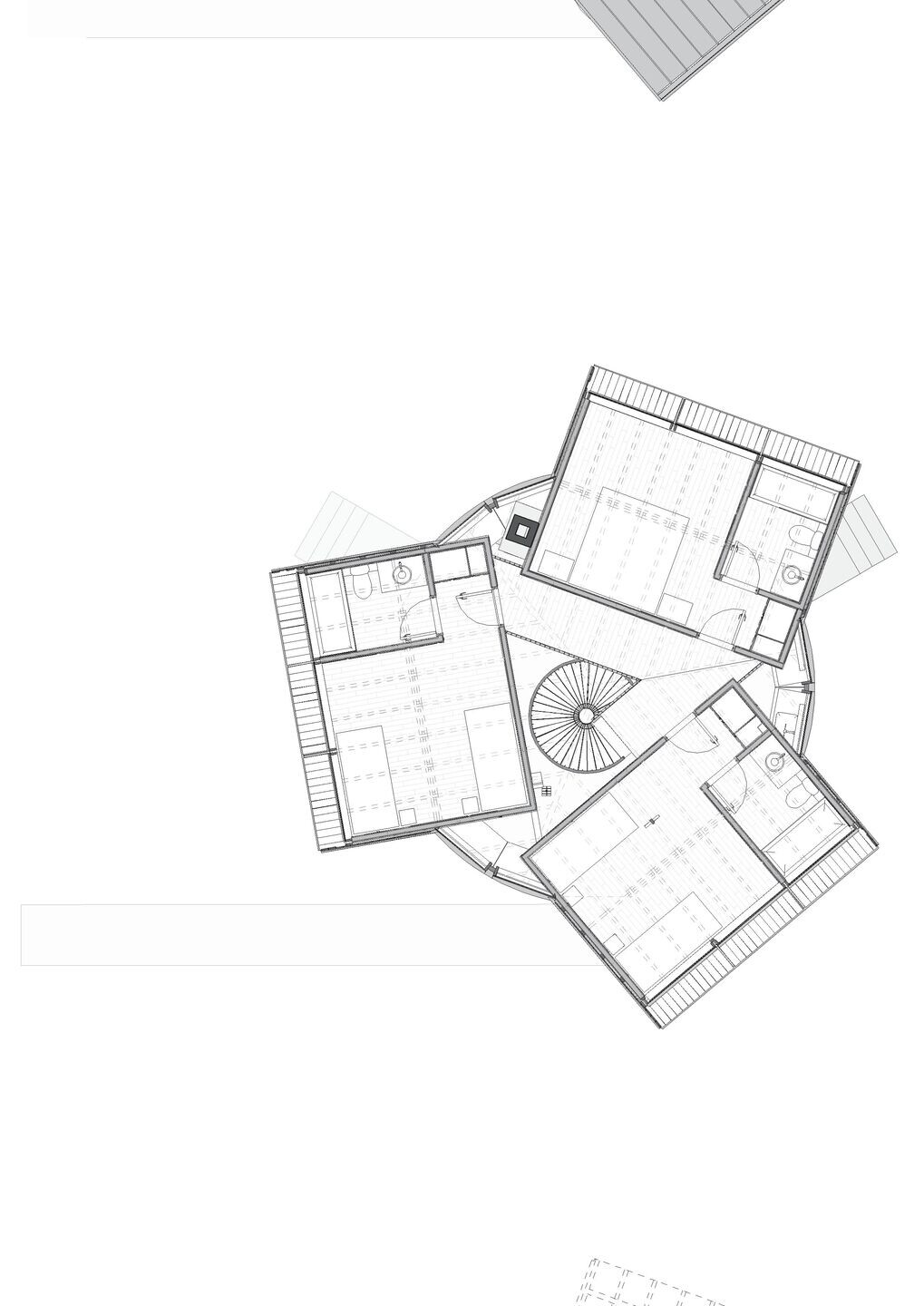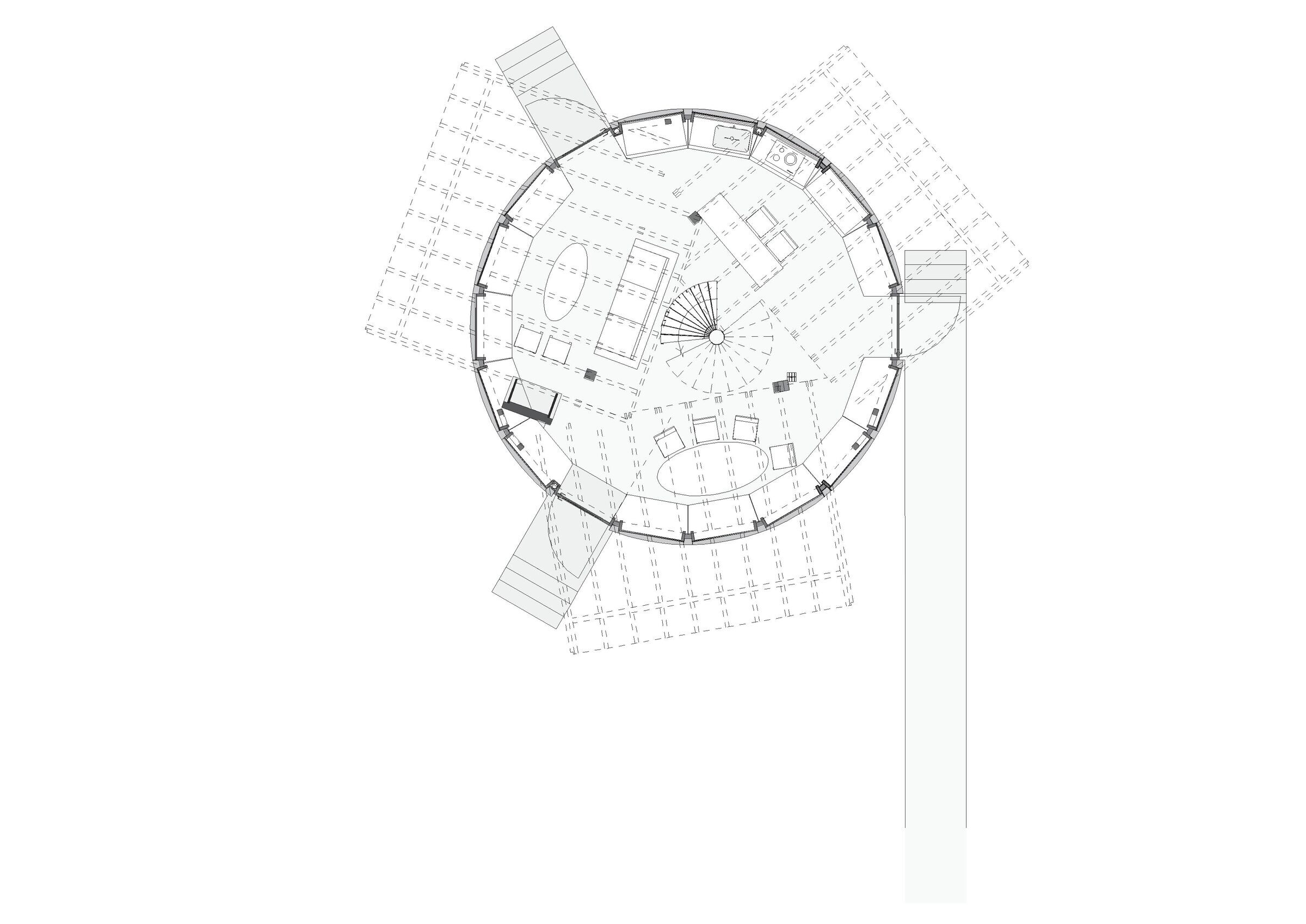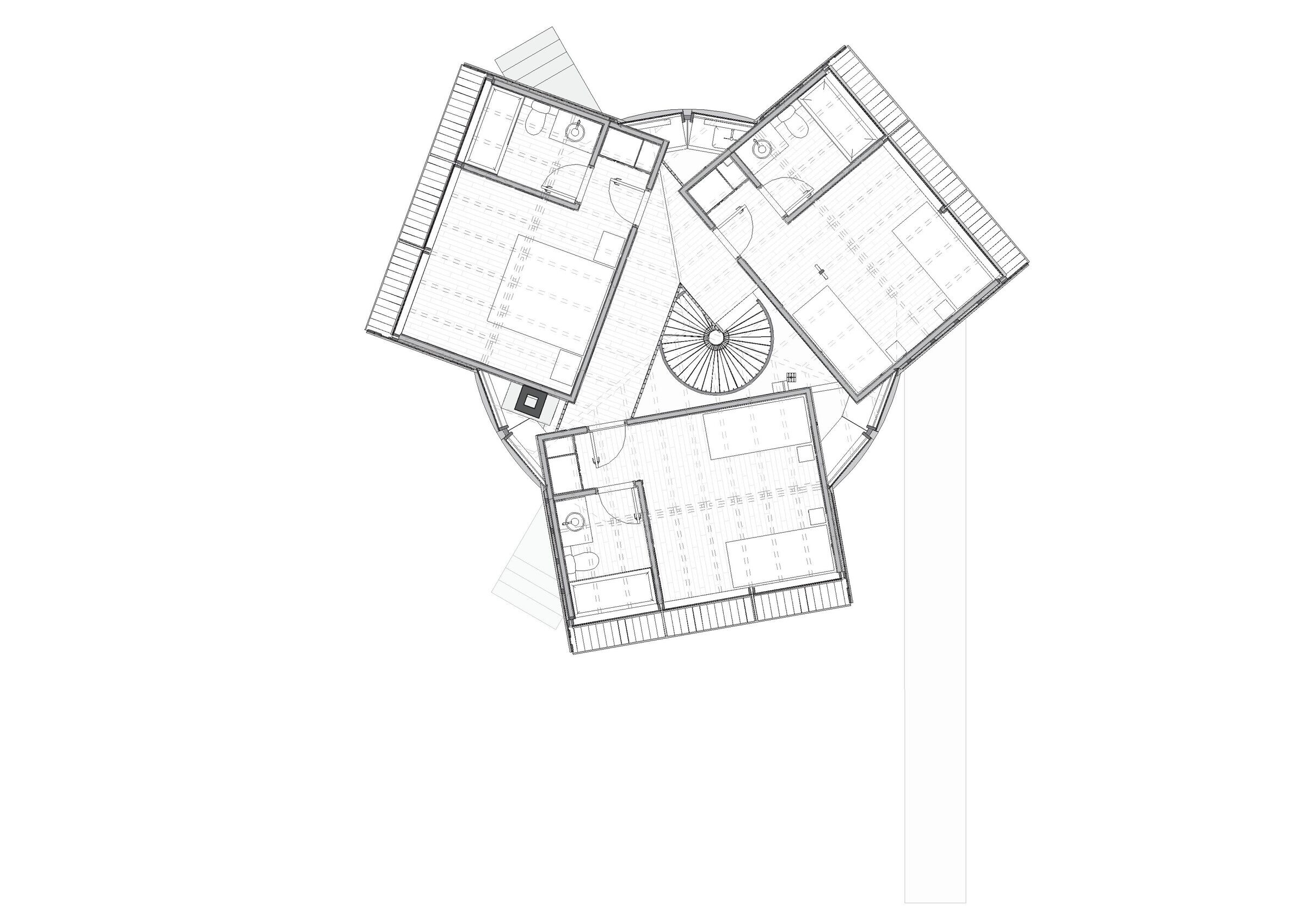This guest pavilion is located on the side of a vacation home facing lake Ranco, in southern Chile. The project is conceived as a pavilion to contemplate the forest, composed of two overlapping floors that exhibit both similarity and divergence between its parts.
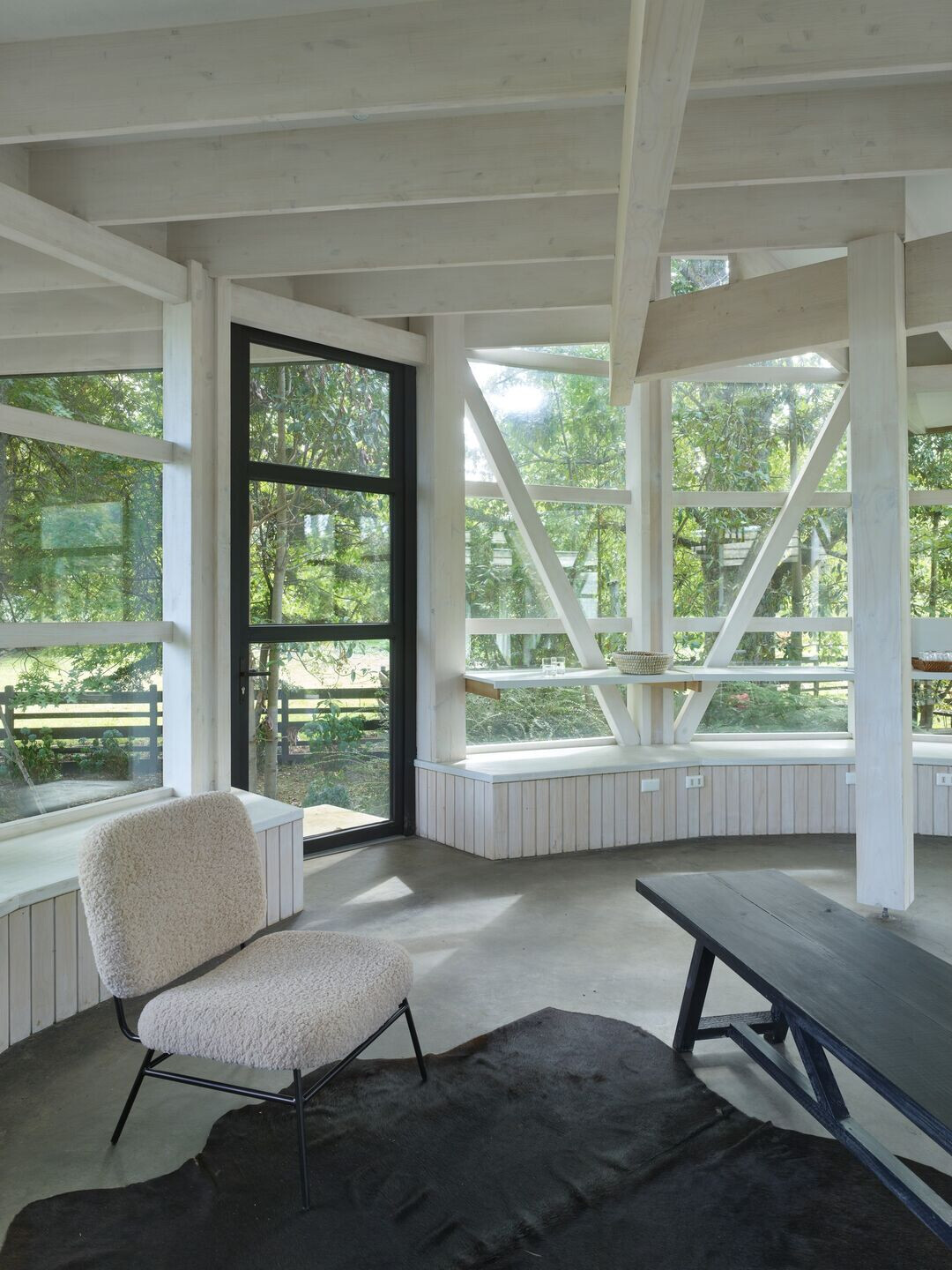
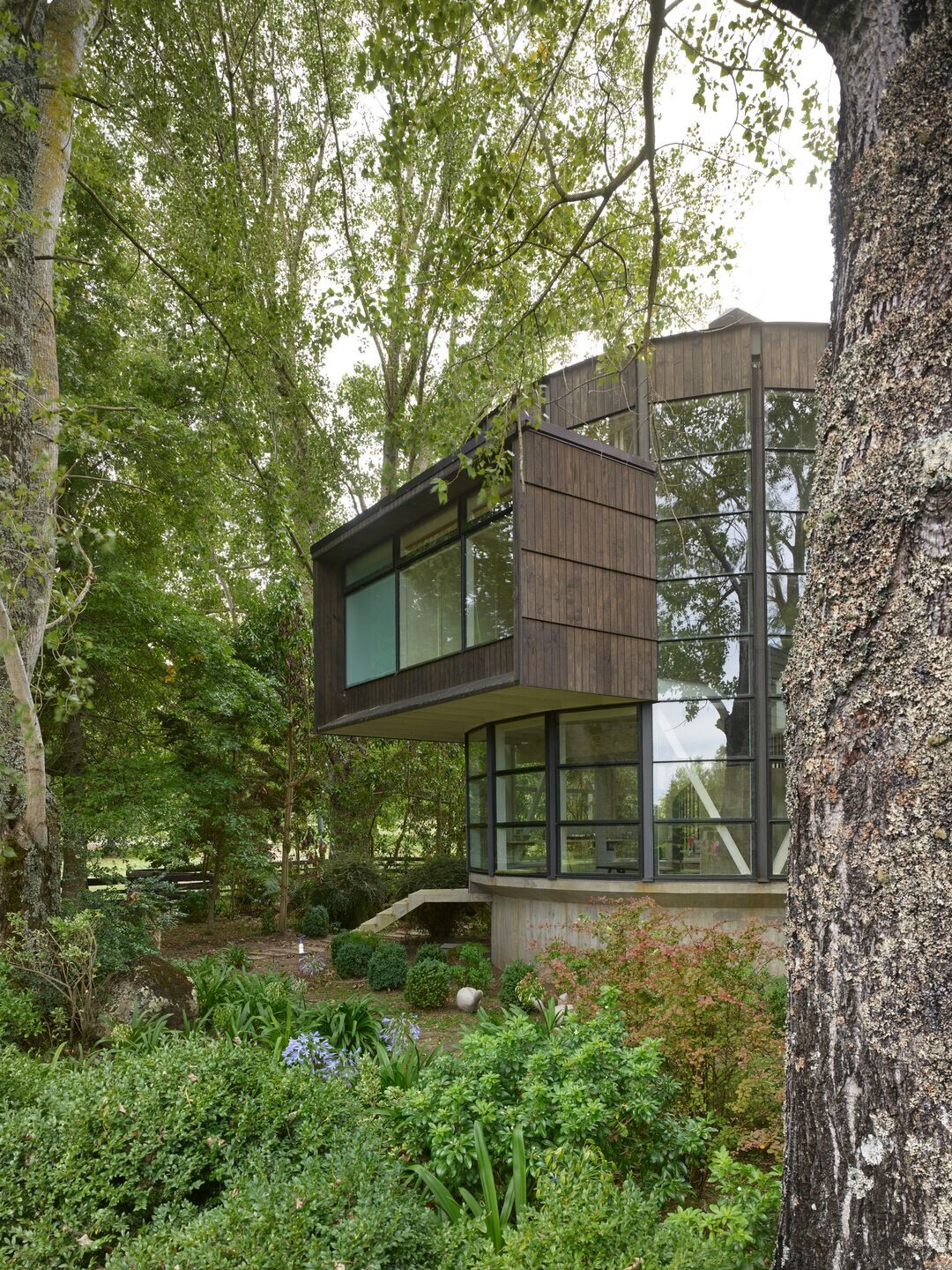
The first floor contains a common area for living, cooking and eating, open to the landscape at 360° on the inside, and reflecting it on the outside, without interposing a front. Its circular floor plan is delimited by 18 equal modules of pillars and beams, which together with 3 interior pillars and beams support the loads on it. The second floor contains 3 en-suite bedrooms in 3 autonomous "boxes", closed on three sides and open towards the treetops. They are arranged triangularly around a hall concentric to the circle, displaced 56 cm. with respect to its bisector. The glazed circular enclosure crosses these boxes, generating double heights that illuminate the hall laterally, ending in an upper cornice. Inside, above the bedrooms, a reticulated beam with a high window connects both volumes in a unitary structure.
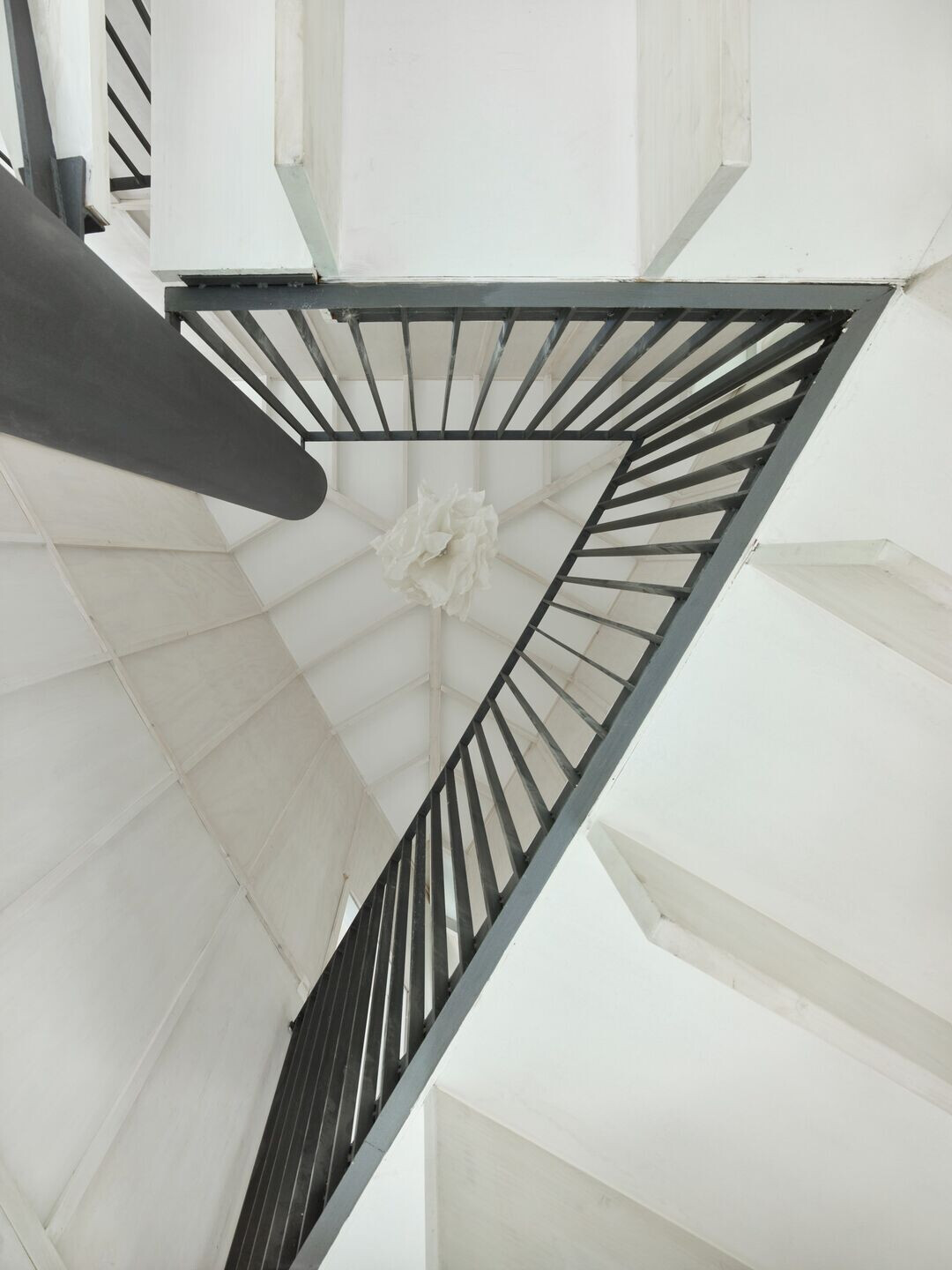
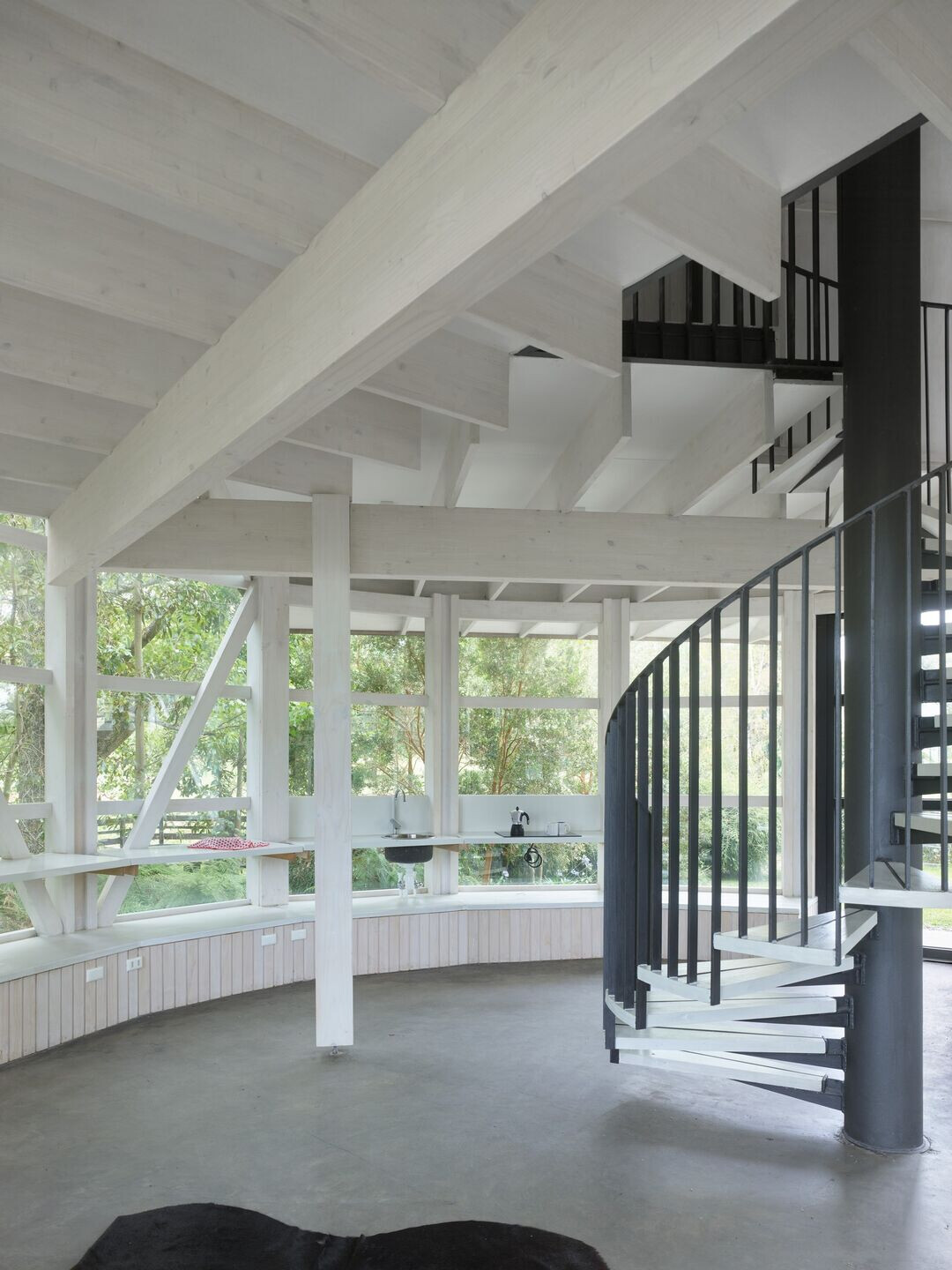
The off-center arrangement of the staircase minimizes the circulation between the bedrooms, qualifies a larger space in the common area and makes the harmonic difference between the two floors evident. While the structure of the bedrooms and the staircase make explicit the mismatches of the triangular composition, the vertical modulation of the horizontal carpentry coincides in the boxes and the glazed enclosure, masking different materials and shapes in a common module. The univocal order of the circle and the multiple order of the triangle have as many fractures as points of contact.
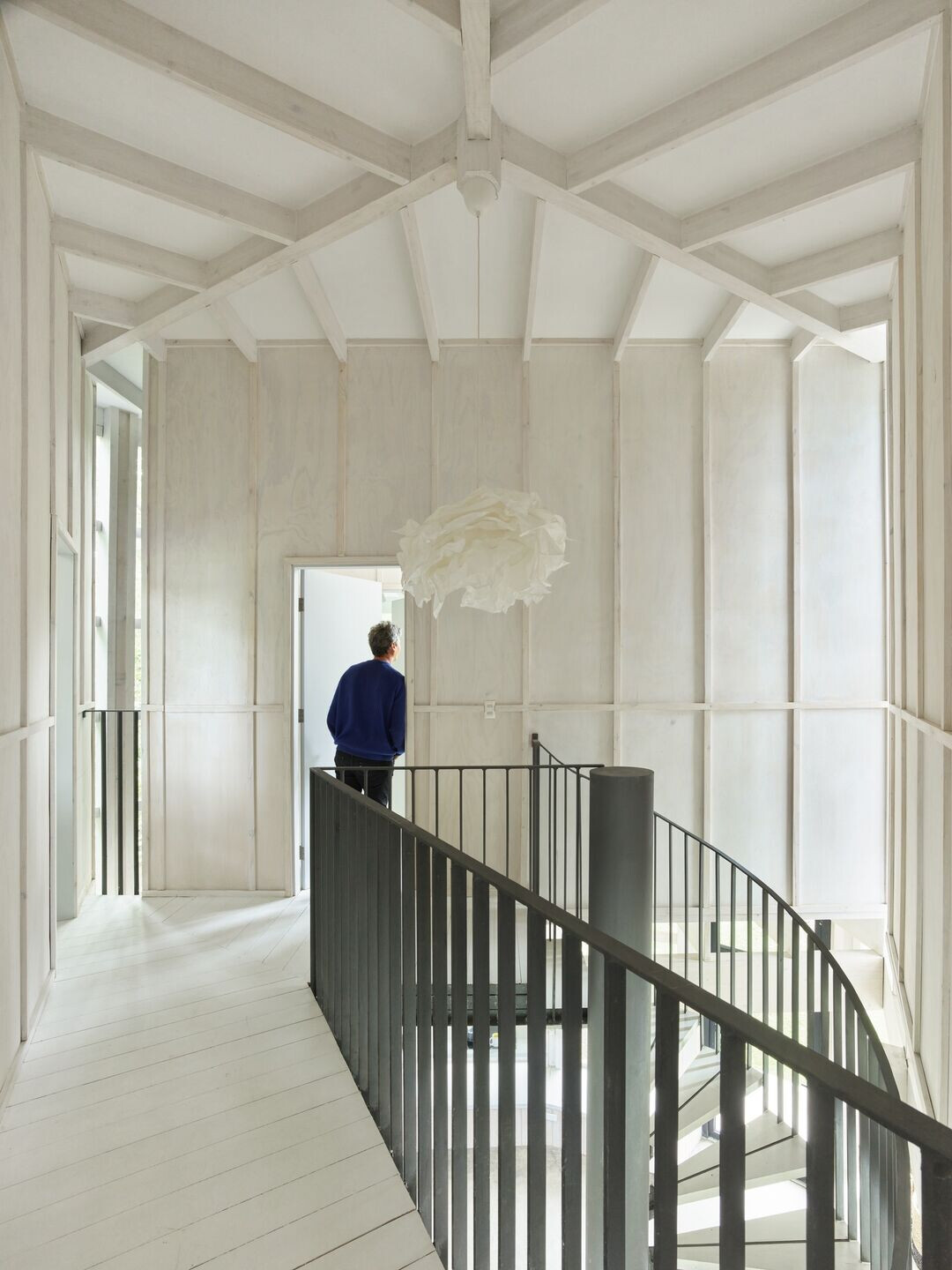
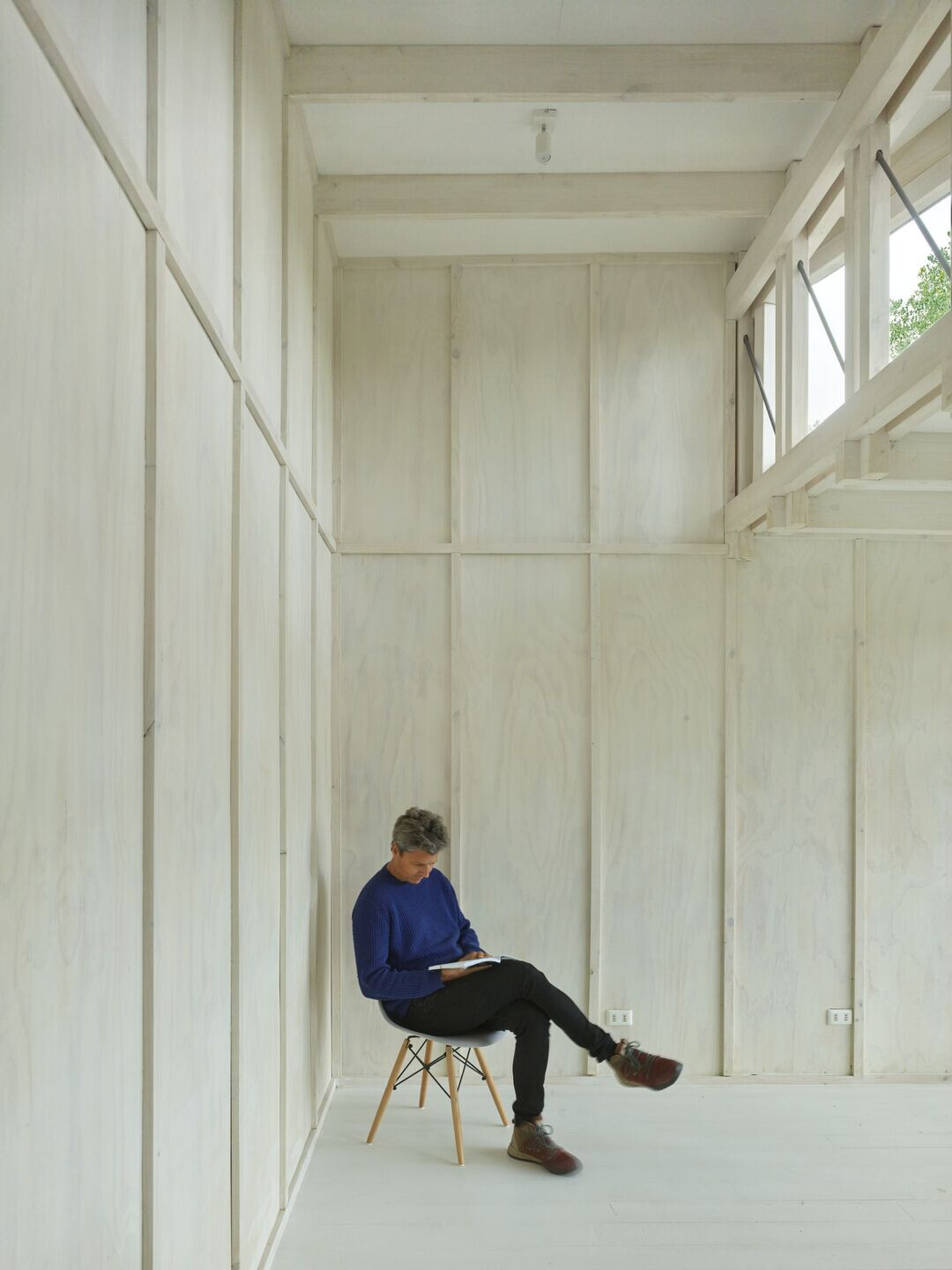
Team:
Architect: Izquierdo Lehmann
Photography: Roland Halbe
Other participants: Pablo Irarrázaval
